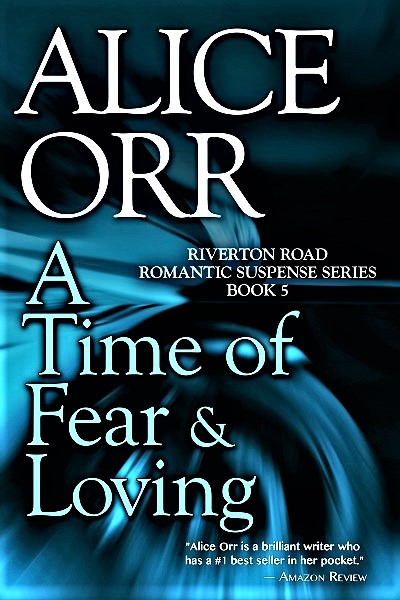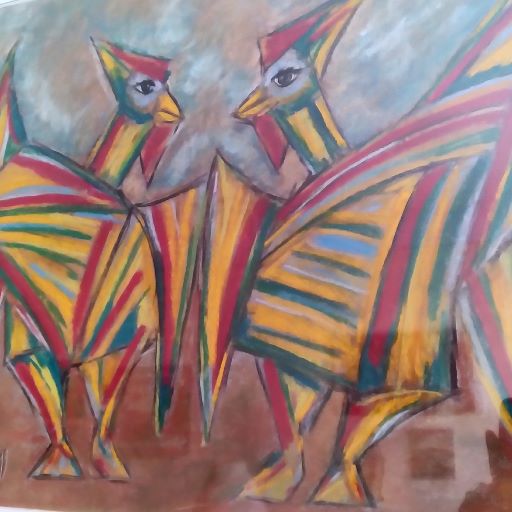Vanquish the Cartoonish Story Villain. A strong villain character is crucial to a strong story. He gives your reader someone to hate which involves her emotionally in your story. She cares what happens to this character. She wants him to fail and that keeps the pages turning.
A Strong Villain Character Gives Your Story Hero Someone to Struggle Against. Their struggle sends the beating heart of your story into turmoil. Your villain, and the trouble he causes for your hero, make your story intense and dramatic. Their conflict has the power to electrify your narrative.

With so Much Story Weight to Carry, Your Villain Must be Formidable. Otherwise, your intelligent, active, resourceful hero will defeat him easily. Your story will be over too soon. When your hero-villain struggle is resolved, reader interest fades, and your narrative is finished.
Kickstart Your Hero-Villain Struggle – then Make that Struggle More Perilous. Introduce your hero’s trouble early, preferably on page one. Before too long, heighten the suspense by revealing your villain’s identity – but only to your readers. Show us how dangerous he is.
An Evil Force is on a Collision Course with Your Hero. You have made us care about your hero. We identify with her. She does not share our knowledge about her adversary. She knows she’s in serious trouble, perhaps mortal danger. But she does not know the source of that danger.
Your Hero may be Acquainted with her Adversary. She may even trust him. We long to scream out a warning as she unwittingly exposes herself to peril. The story hook digs deeper into us with every page. Meanwhile, we must be equally and realistically terrified by the villain’s motivations.
A Wise Storyteller Avoids The-Devil-Made-Him-Do-It Villains. This character type is a psychopath or sociopath. His sick psyche forces him to do wrong and create chaos. Like a rabid dog, he has no choice but to run a destructive path. As a storyteller, you have no choice but to Vanquish the Cartoonish Story Villain.

He is Scary but his Motivation Lacks Complexity. His predictable character provides no fascinating depths for your writerly imagination to explore. Plus, we have seen him too often. There are far too many like him in the real world, and in the world of novels too.
The Number of Human Monsters in Real Life Encourages Writers to Portray Them. But this villain is fictionally boring. We’ve read his story so often it has become hackneyed and repetitious. Any twist on his twistedness must be truly sensational to stand out among such a huge crowd. Very few do.
He Has No True Choice but to Behave as He Does. No thrilling investigation nor confession of his nuanced motives can credibly occur. He is mentally ill. He does evil because he is insane. That is the essence of him, which renders him two-dimensional and diminishes his story to cartoonishness.
What distinguishes a Truly Intriguing Villain from a Two-Dimensional Cartoon? The difference is that we understand, on a mentally engaging level, the reasons for this person’s twisted behavior. We do not have to sympathize with him. We only need to comprehend him, and we do.
As Storyteller you must Conjure the Origin of this Character’s Twistedness. What concrete experiences led him to his evil actions? You must make these experiences believable. The more credible his motivations are, the more credible your villain character will be. And the more terrifying he is as well.

You Must Present this Character Objectively. Your storyteller role is not to judge or condemn your villain character. Your role is to give him resonant, three-dimensional life on the page. You must allow your reader to know him from the inside out. Which means you must tell your villain character’s story as he would tell it.
Here is the Secret to Imagining Yourself into a Twisted Character’s Soul. Every villain is the hero of his own story. He is convinced his actions are justified. In the world as he perceives it, he is doing what needs to be done. His motivations are clear, strong and believable. His motivations are also warped.
The Specifics of that Warp are Yours to Discover. Think as your villain thinks. Go deep into his darkness until he is illuminated to you. The result is the opposite of cartoonish. He lives on your pages with chilling authenticity. Your reader longs to turn away but cannot. What could be a more riveting story hook than that? Vanquish the Cartoonish Story Villain.
Alice Orr – https://www.aliceorrbooks.com.
ASK ALICE Your Crucial Questions. What are you most eager to know in your writing work and in your writer’s life? Email aliceorrbooks@gmail.com. Or add a comment question to this post.
Alice has published 16 novels, 3 novellas and a memoir so far. She wrote her nonfiction book No More Rejections: 50 Secrets to Writing a Manuscript that Sells as a gift to the writers’ community. Her latest novel – A Time of Fear & Loving – Riverton Road Romantic Suspense Series Book 5 – is available HERE.

Praise for A Time of Fear & Loving: “Alice Orr is the queen of ramped-up stakes and page-turning suspense.” “Warning. Don’t read before bed. You won’t want to sleep.” “The tension in this novel is through the roof.” “I never want an Alice Orr book to end.” “The best one yet!”
Look for all of Alice’s books HERE.
https://www.facebook.com/aliceorrwriter
http://twitter.com/AliceOrrBooks/
http://goodreads.com/aliceorr/
http://pinterest.com/aliceorrwriter/





